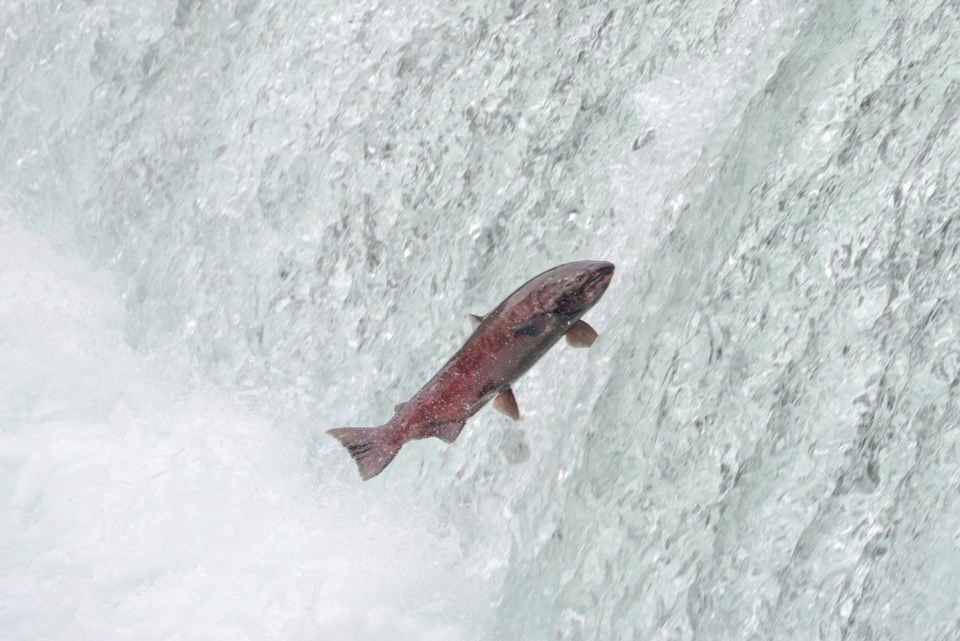With temperatures on average two degrees above normal in the Fraser River, salmon are getting stressed.
And with every single salmon that swims up the Fraser River passing Richmond – twice in their lifetime – DFO biologist Jennifer Nener, who is director of salmon management – hopes residents will be vigilant and report any illegal dumping or illegal fishing on the river.
While the warmer waters stress fish – and can be fatal – deteriorating habitats cause more stress for juvenile salmon who need resting and feeding places along the river.
The adult fish, however, travel about a thousand kilometres, and don’t eat along the way.
“That increase in temperature means that they’re going to be using more energy on their migration and it makes them more vulnerable to diseases along the way,” Nener explained, adding the result will be reduced survival rates.
A moratorium on fishing for salmon was implemented in late June in order to protect salmon stocks.
Furthermore, restrictions on fishing Chinook salmon were imposed in key areas where Southern Resident killer whales forage as Chinook is a large part their diet.
Thirty-eight officers are plying the river catching people illegally fishing – so far this year, fishery officers have removed 212 illegally set gillnets from the Fraser River, along with other fishing gear, all east of the Port Mann Bridge.
Illegal fishing and buying illegally caught fish can net fines up to $100,000 and two years in prison.
Several Pacific salmon stocks are at historic lows and 50 are currently being considered to be listed under the Species at Risk Act.
This decline comes as waters are warmer, but also because of habitat degradation and continuing illegal and unregulated fishing. Toxic spills and landslides have also caused the stocks to decline.
The reproductive cycle of Pacific salmon is between four and five years and full recovery could take three or more reproductive cycles.
The federal government announced a $647 million for the Pacific Salmon Strategy in June, with a goal to conserve and protect Pacific salmon and their habitat in B.C. and the Yukon.
But Nener said, to keep temperatures down and save salmon stocks, collective action has to be taken on climate change.
“Anything that reduces contributions to climate change or pollution or habitat impacts, all those things matter,” Nener said. “When people take steps to minimize their impacts on the environment, collectively that makes a difference for salmon.”



